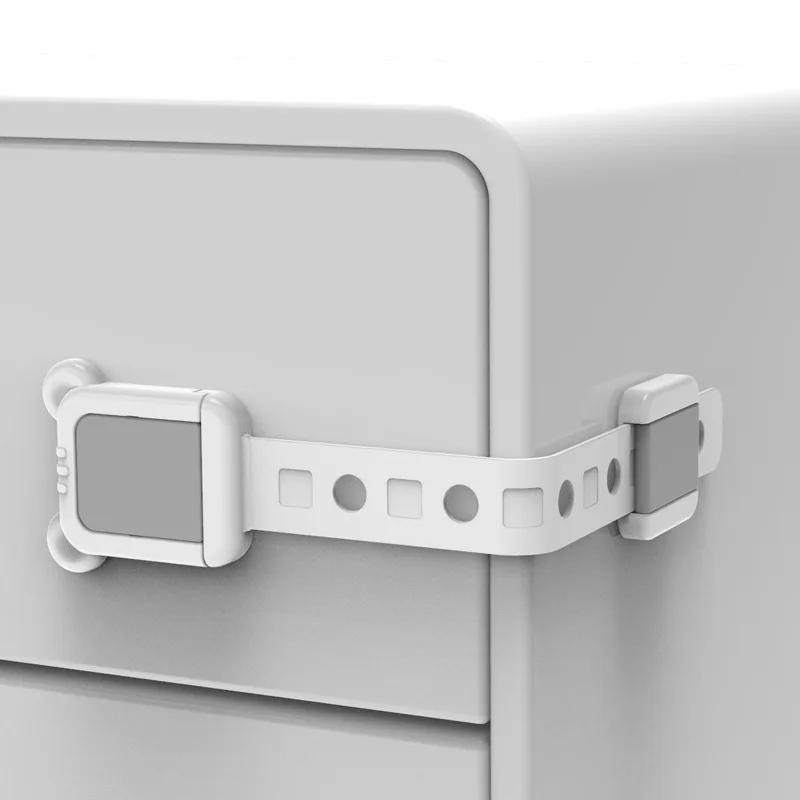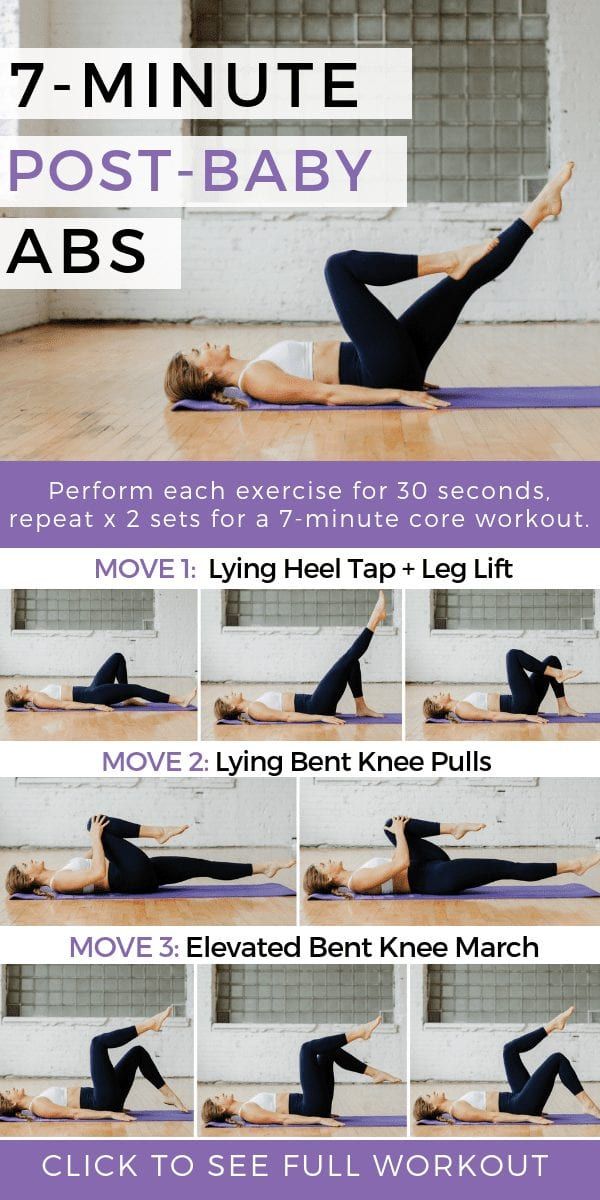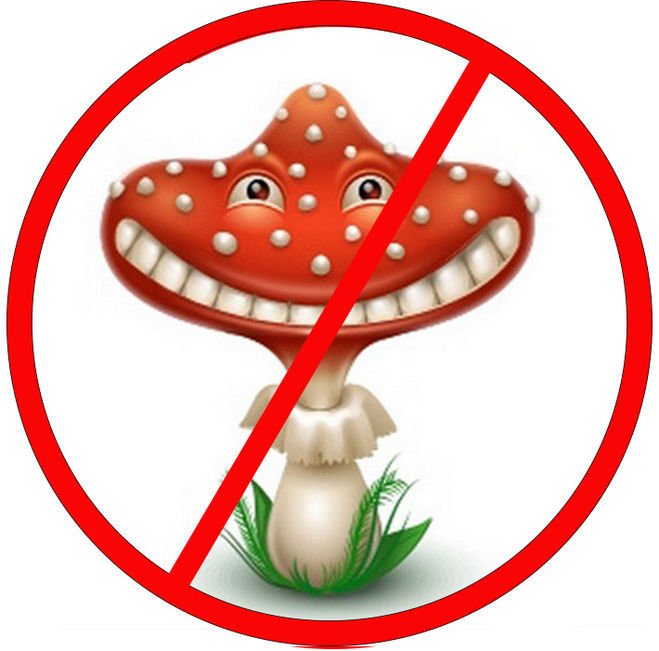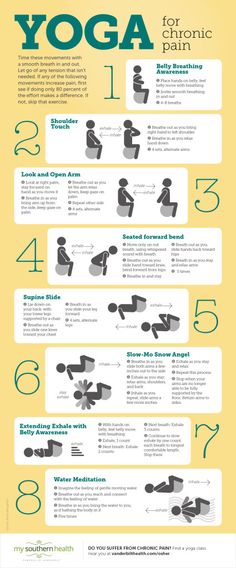How to open child lock cabinets
No-Show Childproof Locks for Cabinets
One of the items on my 2019 Home Goal list was to start childproofing our house for Ben. He’s turning one this month, and now that he’s on the move, it’s definitely time that we start taking some precautions! First on that list? Adding childproof locks to our kitchen cabinets since Ben looovvveeesss playing in them.
Although I knew it was time to safeguard the kitchen, I was so nervous to put anything on our BRAND NEW cabinets. What if I ruined them?! Luckily, I found locks that keep both Ben and the cabinets safe. Plus, these locks were no-show locks, meaning our kitchen looks exactly the same as it did before we childproofed.
I had no idea this was an option… so you can imagine how excited I am about this amazing invention!
And since so many of you have requested posts about childproofing without sacrificing style, I had to share the details of this brilliant product.
No-Show Childproof Locks for Cabinets
Supplies
I bought this box of no-show childproof locks for cabinets for under $25. It came with 12 locks and 2 magnet “keys”, which covered most of the cabinets in our kitchen.
But honestly, I ended up loving this product so much that I plan on buying one more box to finish up a few drawers in our kitchen and cabinets around the house.
Installing Two Simple Pieces
Not only do I love the safety and look of these magnetic locks, but what I really appreciate is that they were super easy to install and did not require any drilling into our new cabinets!
They simply stick on the cabinets with heavy-duty 3M strips. And I’ve heard from several people via insta message that these bad boys are indestructible! One reader reached out and said she has two kids under 4 and these locks are still stuck on the inside of the cabinets and still going strong after almost 3 years! I don’t know what that means when it’s time to take these puppies off, but I’ll take the stronghold for now… especially since they are hidden on the inside of the cabinet.
There’s one piece of the lock that sticks on the inside of the cabinet door and the other tiny piece gets stuck to the top of the cabinet’s door frame. These two pieces “catch each other” when the door closes, creating a lock that secures the cabinet until a magnet allows it to be released/unlocked.
These two pieces “catch each other” when the door closes, creating a lock that secures the cabinet until a magnet allows it to be released/unlocked.
One “Extra” Step (Optional)
Here’s the magnet that acts as the “key” to these hidden locks. The magnet is SO strong, which was helpful for the one precautious step I took to keep our new cabinets safe.
I didn’t want to take any risks of having this magnet key scratch the outside of our black cabinets, so I added a felt pad to the magnet. I simply stuck it on the front of the magnet key, so as we place this “key” on the cabinet doors, there will be no chances of accidental scratches!
The magnet is so strong that this felt pad did not impact the effectiveness of the key. Even with the felt pad on the key, it can still open all of the locks and sticks wherever we put it. In our case, we keep our magnetic key on the side of the fridge and as I said, the felt pad hasn’t impacted it at all.
The “No-Show Part
Here’s a photo of the cabinets locked.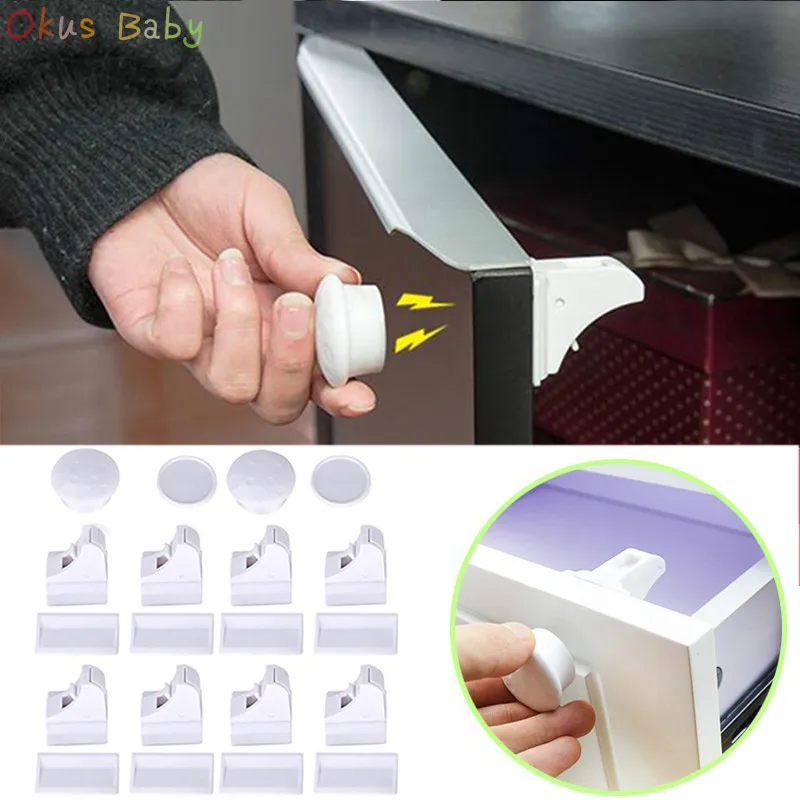 Can you see the locks?
Can you see the locks?
Pretty impossible to spot them because they are hidden inside of the cabinet doors. I put these photos side-by-side so you could see that you can only see evidence of the childproofing when the cabinets are open. When they’re closed, they look like any other cabinet! #WINWIN
How Do These No-Show Childproof Locks Work?
Manipulating these childproof locks is super easy too, as long as you have the magnetic key.
You simply slide the magnet on the outside of the cabinet, running it along the face of the cabinet until you hear the lock on the other side unlock. Then you hold the magnet in that spot and pull open the cabinet door.
Once the cabinet door is open, you don’t need the magnet anymore. When you go to close the door, you can do that just like you would any other cabinet door — no magnet needed for that step.
I especially love these no-show locks because you can easily click a button on them and disable the lock altogether.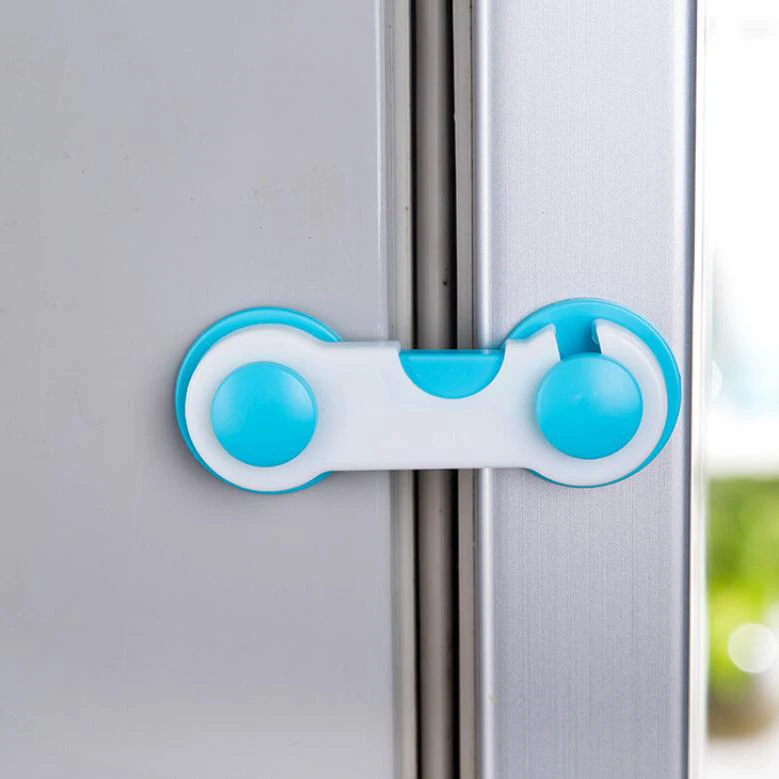 We sometimes do this when Ben goes to bed, just so we don’t have to keep grabbing the magnet to get inside of the cabinets. I mention this in case there are any Grandmas or relatives tuning in! These no-show cabinet locks could be a really great solution if little ones are constantly coming over to play. You can childproof some of your cabinets for under twenty bucks, but easily turn off the locks when the little ones go home!
We sometimes do this when Ben goes to bed, just so we don’t have to keep grabbing the magnet to get inside of the cabinets. I mention this in case there are any Grandmas or relatives tuning in! These no-show cabinet locks could be a really great solution if little ones are constantly coming over to play. You can childproof some of your cabinets for under twenty bucks, but easily turn off the locks when the little ones go home!
Thinking Outside of the Kitchen
I actually love this system so much that I used some of the locks on our family room built-in cabinets as well!
Since these locks look great and function well, I don’t mind putting them on all of the cabinets that I can! I think the only person who doesn’t love this new addition to our house is that little cutie. Haha, I wonder why?!
As we continue to find solutions to childproof our house without sacrificing a ton of style, I will keep you posted! In the meantime, if you guys know of any other amazing products when it comes to childproofing, please send them my way! If all childproofing is this quick, easy, and stylish… I want to childproof all.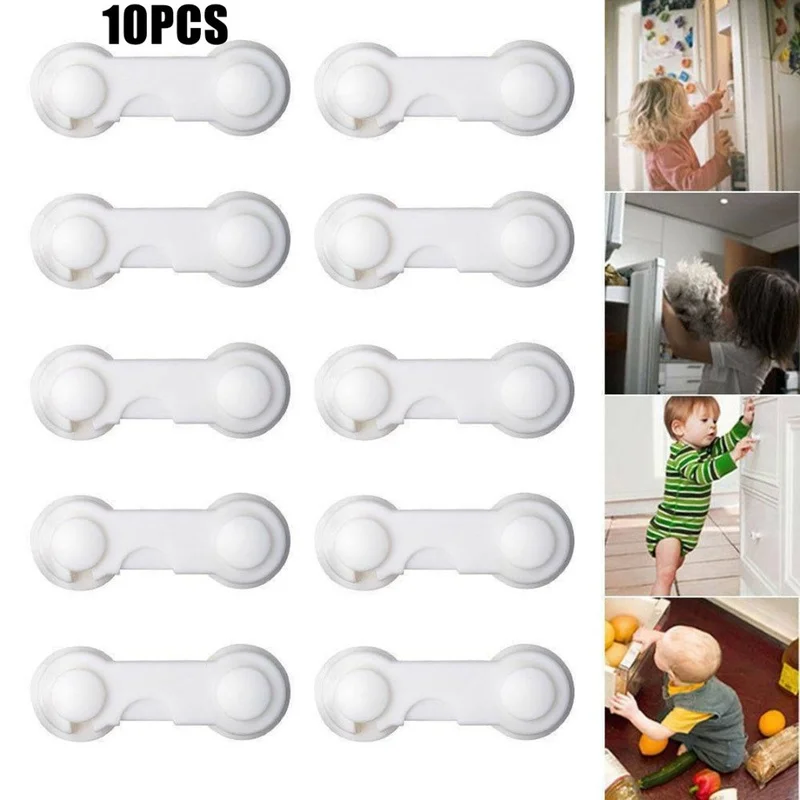 the. things!
the. things!
Bridget
How to Open Childproof Lock Cabinet?
Child safety locks are used in cabinets, drawers, and other enclosures to prevent curious kids from accessing possible items that may cause danger to them. They are common devices that most families use to protect their kids.
Indeed, many parents might find it hard if it’s their first time trying to install then open childproof cabinets.
Read on to learn how to open childproof lock cabinet here.
Table of Contents
- Step-by-step to Open Childproof Lock Cabinet
- 1. Magnetic locks
- 2. Latch locks
- 3. Sliding locks
- 4. Adhesive tapes
- 5. Cord locks
- 6. Tension rods
- 7. Adjustable safety locks
- 8. Safety 1st Cabinet Lock
- FAQs
- Conclusion
There are many types of child proof cabinet locks, and listed below are some of the most used and quick guides on unlocking them.
Magnetic locks are the most common for cabinet doors with or without handles. Since this is an interior lock, it’s popular among those who want their cabinets, drawers, or enclosures to retain their aesthetics.
Consider a replacement magnet for child lock if you want a hidden lock from your child’s attention.
To open magnetic child locks, place the key on the surface of the door parallel to where the lock is on the other side. Doing so will disengage the lock and open it easily.
Then, keep the key away from children’s reach because the magnet can easily undo the lock.
2. Latch locksIf you want a lock without magnet, consider buying a latch type. A latch lock is another popular variant when child-proofing your home because it is readily available and easy to install.
A latch lock is straightforward as it prevents the drawer from being fully opened. You just need to push the latch to unlock it, thereby removing the obstruction.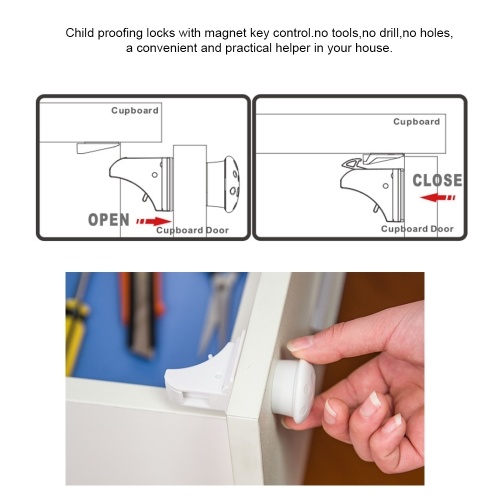
You can position the latch in a way that your kid’s fingers can’t reach it when the drawer is open. With that, you’ll rest easy knowing only adults can undo the lock.
3. Sliding locksIf you want childproof kitchen cabinets with handles, you must look for sliding locks. This portable lock is easy to use, and toddlers will have a hard time undoing it.
It operates with a U-shaped device that serves as the latch for the sliding lock. You need to insert the said device into the handles, then slide the lock to keep it in place.
When opening the cabinet, just remove the lock from the device.
4. Adhesive tapesYou can use a pair of adhesive tapes as a safety lock for kitchen cabinets. However, this is only effective when you have a toddler because older kids might be able to defeat these adhesive tapes rather easily.
It’s best to use at least two pairs for the top and bottom parts of the door.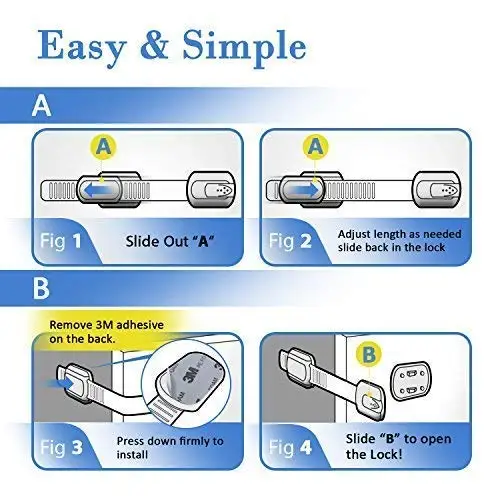 This way, your toddler will have a hard time pulling it.
This way, your toddler will have a hard time pulling it.
Also, choose the strongest adhesive tape so you won’t have to replace it every once in a while.
5. Cord locksIf you’re not bothered by an exterior child safety lock for door, you can opt to use a cord. There are available cords with buttons that act as locks after fixing the rope into the door handles or knobs.
To undo it, you just need to press the knobs and pull them down, releasing the cord from the handles or knobs. Alternatively, you can use a standard cord or rope, but that would need more effort to lock or unlock since you’ll be doing some knots.
6. Tension rodsAlternatively, you can use a tension rod or security bar when you’re childproofing a cabinet with handles (vertical or horizontal). Other rods or sturdy sticks that can go through the handles are also options for this straightforward trick.
Just insert or slide the rod or stick it into the handle, effectively becoming an obstruction so your kid can’t open it.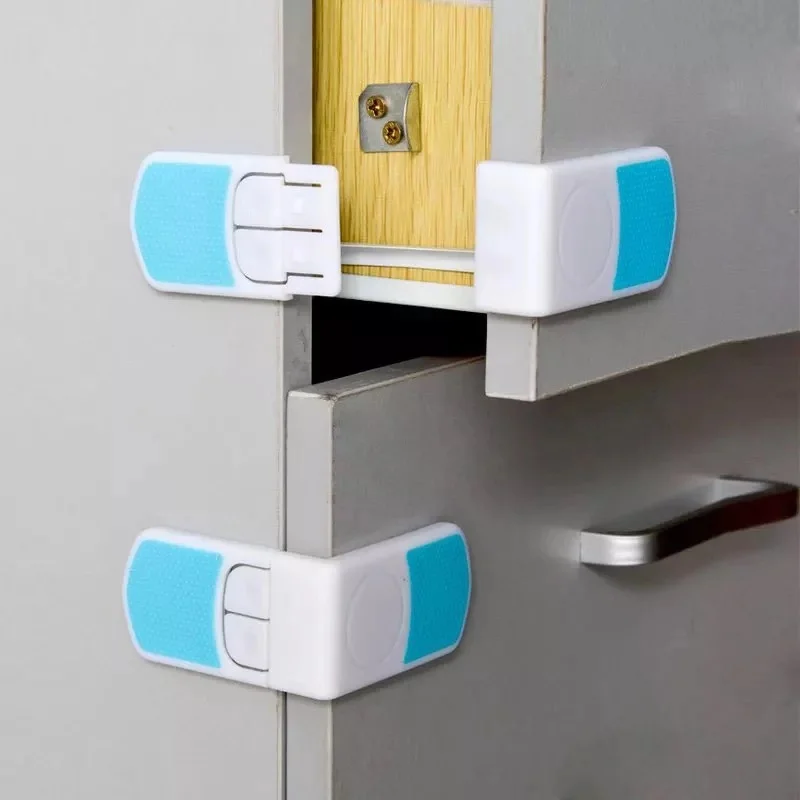 Just slide or pull it up if you want to unlock the door. This simple trick is effective so your kid can’t open child lock cabinet.
Just slide or pull it up if you want to unlock the door. This simple trick is effective so your kid can’t open child lock cabinet.
Adjustable safety locks are readily available online and cheap, so you can buy many pieces if you want to child-proof cabinets with multiple drawers. They are easy to install: place one end on the side of the cabinet and the other one on the drawer.
To unlock, just click the latch. Take note that even though it can secure your drawer, you must position it far from a toddler’s reach so they can’t fiddle with it and accidentally open baby proof cabinets.
8. Safety 1st Cabinet LockSafety 1st is focused on juvenile products like car seats, strollers, and locks. For the latter, they have magnetic locks, adhesives, slide locks, lever handle locks, latch locks, cords, and the baby proof Lazy Susan lock.
It’s easy to open Safety First cabinet lock, depending on the type you’re using.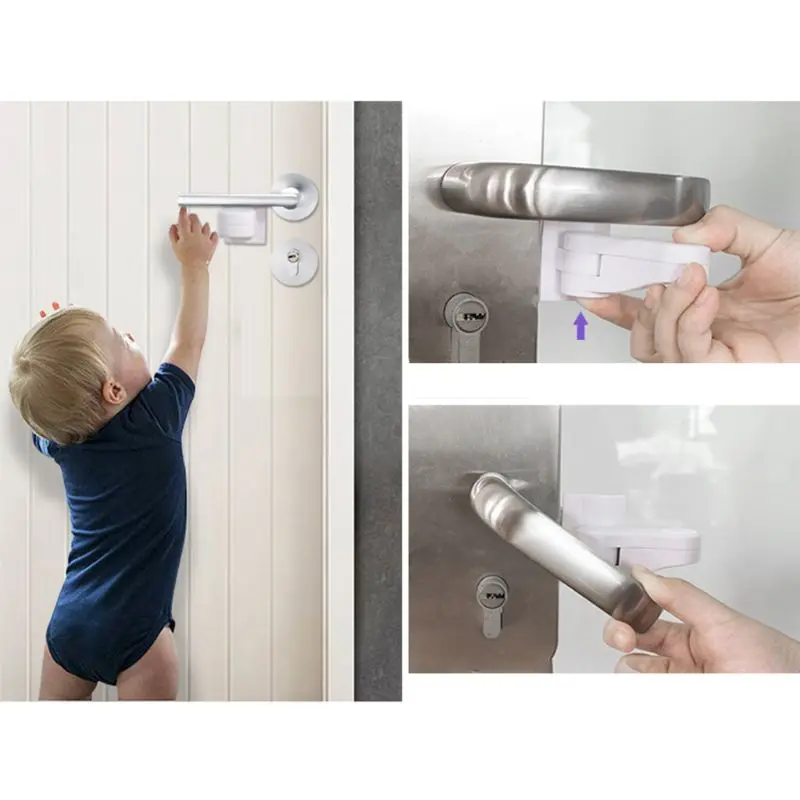 Since the company is proud of its home safety products, you’re assured of high-quality items that are portable, taking security and peace of mind wherever your family goes.
Since the company is proud of its home safety products, you’re assured of high-quality items that are portable, taking security and peace of mind wherever your family goes.
Read more: Guide to installing and removing safety first door handle lock.
FAQsTypes of childproof cabinet door latches
In general, you can check out the following types:
- Push-down lock (with a plastic piece to release the latch)
- Magnetic lock
- Zip locks (with loops to tighten and loosen with a button)
- Over-the-door locks
The most popular child safety drawer locks are magnetic and latch types. These two are perfect for those who want a reliable security feature without sacrificing a cabinet or drawer’s aesthetics.
The latter can be spring-loaded or a standard latch type that you simply need to push to undo the lock.
Meanwhile, those who are fine with exterior locks can try a cord, slide locks, adhesive tapes, adjustable ones, and tension rods. They are as effective as interior locks. Still, They can be an eyesore for those who want a smooth drawer or cabinet surface.
They are as effective as interior locks. Still, They can be an eyesore for those who want a smooth drawer or cabinet surface.
Also, check other types of childproof locks such as door locks for sliding closets, childproof refrigerator locks, and other child safety devices for the pool here!
Main features of excellent baby storage cabinet
- Capacity
The main feature many consider when buying a baby storage cabinet is its capacity. You need to consider what types of items you will store to choose the right storage size and compartment layout.
- Safety
However, the most important aspect they should not forget is its safety.
Be on the lookout if the cabinet is sturdy and doesn’t have rough or pointed edges.
- Material and Durability
Make sure that the materials used are non-toxic and skin-friendly for your kids.
Furthermore, sturdiness is important as curious toddlers play with the cabinet, with some even trying to climb it.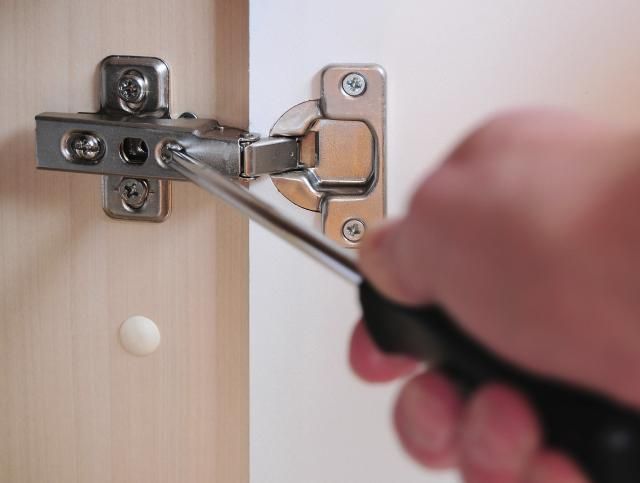
Install cabinet locks first and then follow it up with a furniture anchor so that in case a child climbs the drawer, it won’t fall and land on them. With a drill and a few screws, you can install anchors that secure shelves, dressers, and the like. One end goes into the wall and the other into the cabinet.
With an anchor, even if the cabinet tips a little, it won’t fall and hurt your kid. Just remember not to put heavy items on top of the cabinet, like a television and glass products, so they won’t drop even if the drawer tips.
ConclusionFirst-time parents just learning how to open childproof lock cabinet will not have a hard time familiarizing themselves with such items.
The market is now teeming with high-quality children cupboard locks and other safety products, providing families with reliable options to make their homes safer for the young.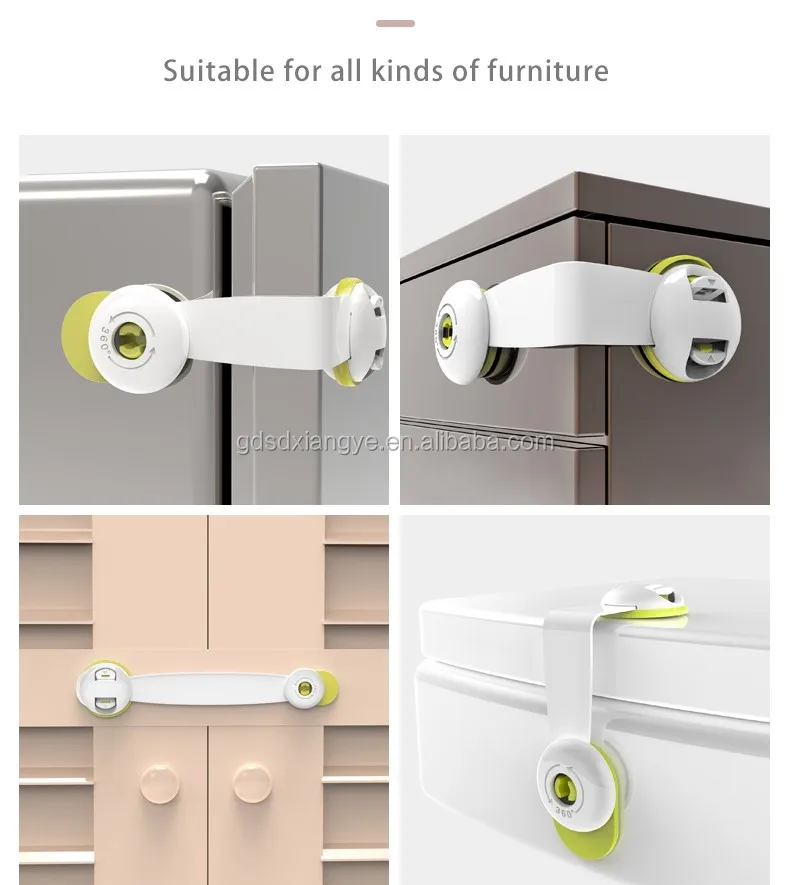 It’s hard to stop kids’ curiosity and playful spirits, so adults need to adjust for their peace of mind.
It’s hard to stop kids’ curiosity and playful spirits, so adults need to adjust for their peace of mind.
Justin Williams
I am the last member to join Revolar and might be just the luckiest to work with dedicated people like Teddy and John. Our team has established a process where my only job is writing the best content to deliver incredible ideas and guides.
Child locks for drawers and cupboards: protecting children from danger
Not long ago your little child was born, and now he is actively exploring every corner of the apartment.
Locking device prevents hanging drawers from opening completely.
This is where it becomes necessary to think about the safety of the little researcher from unwanted objects and sharp corners, doors and drawers, to which the young know-it-all attracts like a magnet.
Drawer and cupboard door guards prevent children from opening them unintentionally.
Fortunately, the modern market is rich in all kinds of devices that can completely protect the child from possible injuries and dangers that await him in the house.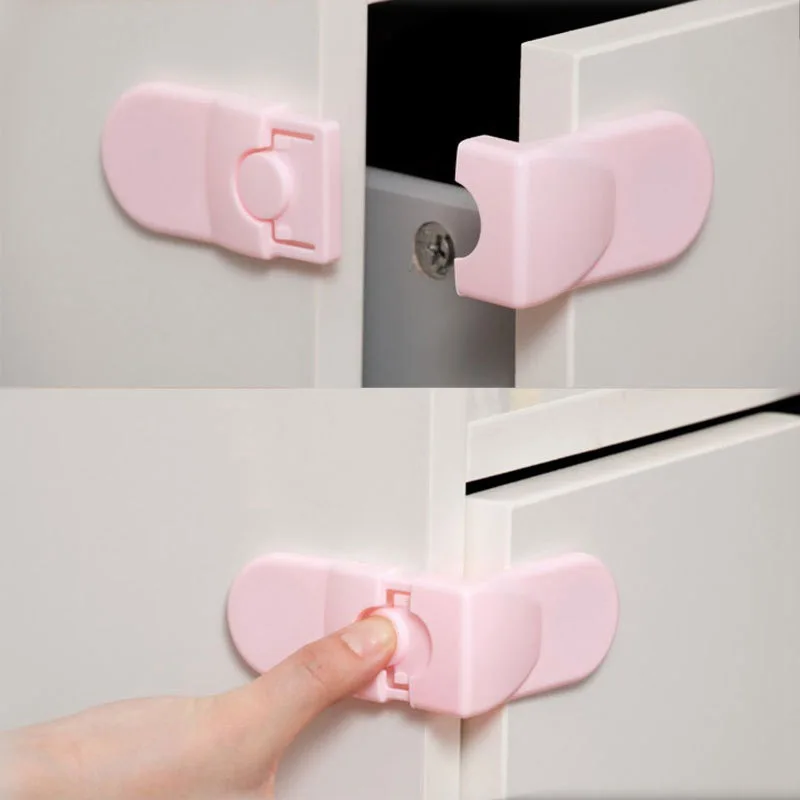
To protect the contents of the drawers from the baby, you need to use a lock on the drawers.
Parents, on the other hand, such little things will give more peace of mind, and will also help get rid of the extra work associated with putting things back into lockers that have been ruined by the baby.
Prevents drawers and refrigerators from opening.
As soon as the baby begins to stand up or actively crawl around the house, parents have to think about the possible dangers that lurk within the walls of the apartment.
Prevents drawers from opening and the child from bruising.
Wardrobes and drawers with potentially dangerous items attract a small child, and the doors themselves can injure a baby by pressing his fingers.
Prevents drawers from opening and the child from bruising.
To exclude the possibility for the baby to open the lockers, there are child locks on furniture that are not amenable to children's hands.
Prevents unplanned opening of lockers and appliances.
These locks are inexpensive, so their purchase is very reasonable.
Locking device prevents hanging drawers from opening completely.
The type of lock directly depends on the nature of the furniture to be locked and how it is opened. Indeed, in order to protect the drawer from the little robber, a completely different device is needed than for a cabinet with doors.
Universal safety tape with Velcro to prevent your child from opening the refrigerator, toilet seat, desk drawers, etc.
Contents
- 1 How to protect your children from dangerous furniture
- 2 Drawer locks
- 3 Wardrobe guards
- 4 - ideas for locks and child locks for drawers and cabinets
How you can protect your children from dangerous furniture
- Standard type locks are an effective way to protect furniture, but they require installation of a device that sacrifices appearance.
Locking device prevents hanging drawers from opening completely.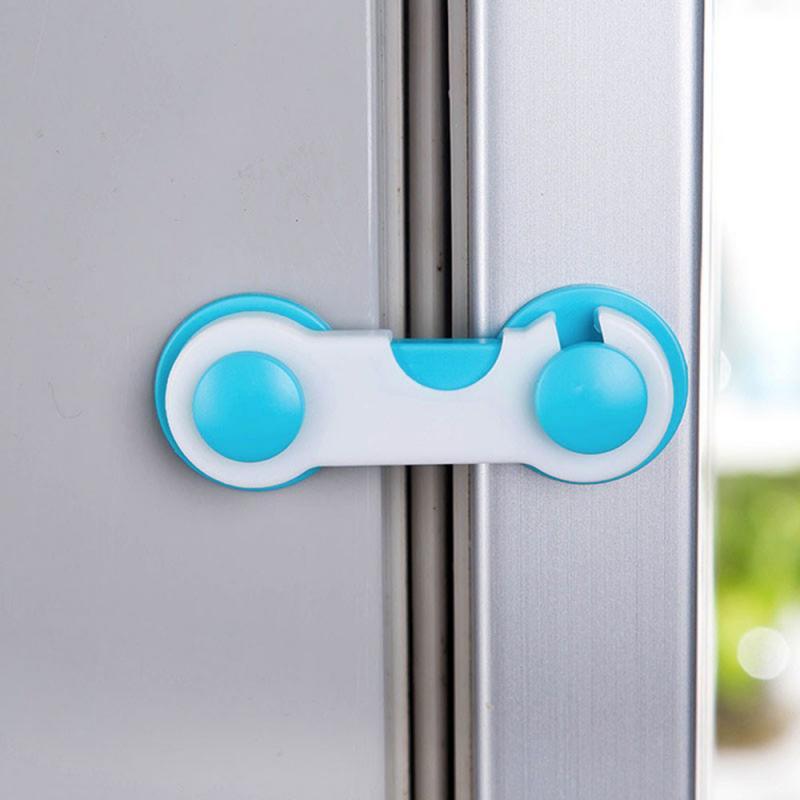
- State-of-the-art security locks and latches leave no traces behind, attach quickly and securely, and can be installed by any adult. Opening and closing them is not difficult, but the child can not do it.
Prevents unplanned opening of lockers and appliances. Attaches with suction cups.
- Special handles with built-in locks and locks. To use them, it is enough to put them in place of the old pens. And then you can change them back. Such devices are good because you do not have to make separate holes in the furniture. At the same time, they are the most convenient in everyday life, do not require additional complex manipulations when opening and closing cabinets, and do not risk being unhooked or lost during operation.
Prevents the doors from being opened and thus protects the child from objects that may fall out of the cupboard and prevents them from being pinched.
- Of course, if there is no way to purchase special devices, people have to make do with materials at hand.
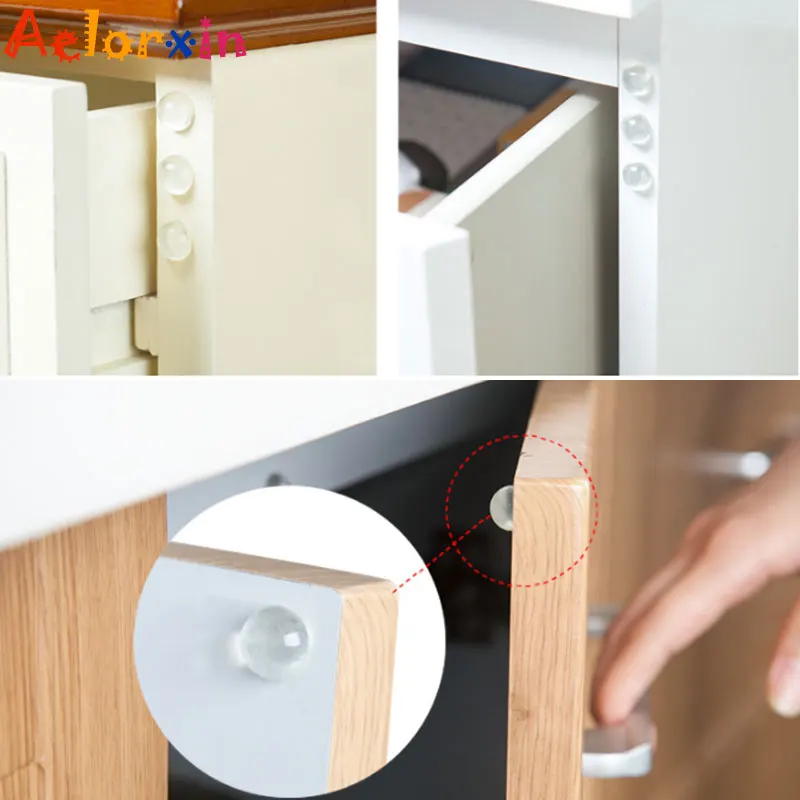 Cabinet handles are tied with ropes or rubber bands. Retractable drawers are fixed with adhesive tape or Velcro. A cabinet with a sliding door can be “wedged” with a wheel that helps it open and close. However, with such methods, a lot of inconvenience arises: the ropes have to be untied every time, the adhesive tape fixes the doors unreliably, and it is difficult to wash it off the furniture. Such methods eventually begin to succumb to children's hands and turn out to be useless. For especially active children, they do not turn out to be a problem at all. Often, the parents of such a baby have to move all the cabinets and chests of drawers in the house facing each other or against the wall. Imagine how problematic it is for adults to take anything from there.
Cabinet handles are tied with ropes or rubber bands. Retractable drawers are fixed with adhesive tape or Velcro. A cabinet with a sliding door can be “wedged” with a wheel that helps it open and close. However, with such methods, a lot of inconvenience arises: the ropes have to be untied every time, the adhesive tape fixes the doors unreliably, and it is difficult to wash it off the furniture. Such methods eventually begin to succumb to children's hands and turn out to be useless. For especially active children, they do not turn out to be a problem at all. Often, the parents of such a baby have to move all the cabinets and chests of drawers in the house facing each other or against the wall. Imagine how problematic it is for adults to take anything from there.
Prevents the doors from being opened and thus protects the child from objects that could fall out of the cupboard.
Drawer Blocks
The most common and cheapest options are sold in the children's section of stores.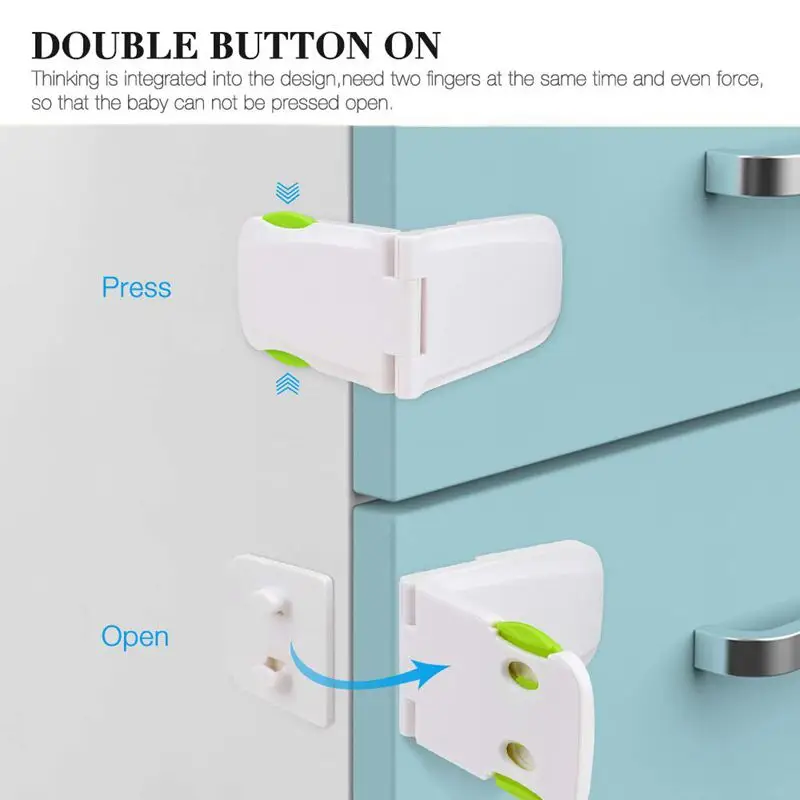 They are quite easy to use, made of plastic and fixed to furniture with special Velcro.
They are quite easy to use, made of plastic and fixed to furniture with special Velcro.
The lock is a versatile security lock suitable for a full range of kitchen appliances, cabinets and drawers.
Peeling off them is quite easy, they will not leave marks on the furniture. The mechanism is based on two elements. One element is attached to the edge of the box, and the other - to the wall.
When closing, it is necessary to click the lock, securing both parts. To open, you need to press the latch from both sides at once.
You can prevent your child from opening the cabinet door.
Depending on the model of the fastening, there can be different types of opening: using a hidden button, eye hooks or a special key.
With this security accessory you can restrict access to cabinets.
Locking handles are more convenient and reliable to use, but they are more expensive and more difficult to install.
Limits access and reliably protects your fidget from possible injuries and bruises.
Wardrobe guard
The sliding door of wardrobes is usually equipped with a large floor mirror that attracts small children. They tend to touch it, the door, and when opening it, examine its contents.
Limits access and reliably protects your fidget from possible injuries and bruises.
At the same time, things are constantly being scattered from the lower shelves, and it becomes impossible to put equipment or potentially dangerous things. And the door threatens the little researcher with a pinched finger.
The blocking is made of harmless material, free of phthalates.
For a sliding door, you cannot use the lock installed on classic doors, but you can use a multi-purpose latch or purchase a special lock for this type of furniture .
Prevents unplanned opening.
Multi-purpose latches consist of three parts connected with a special cable. One element is glued to the cabinet door. To close the device, you need to insert the protection into the part located on the case.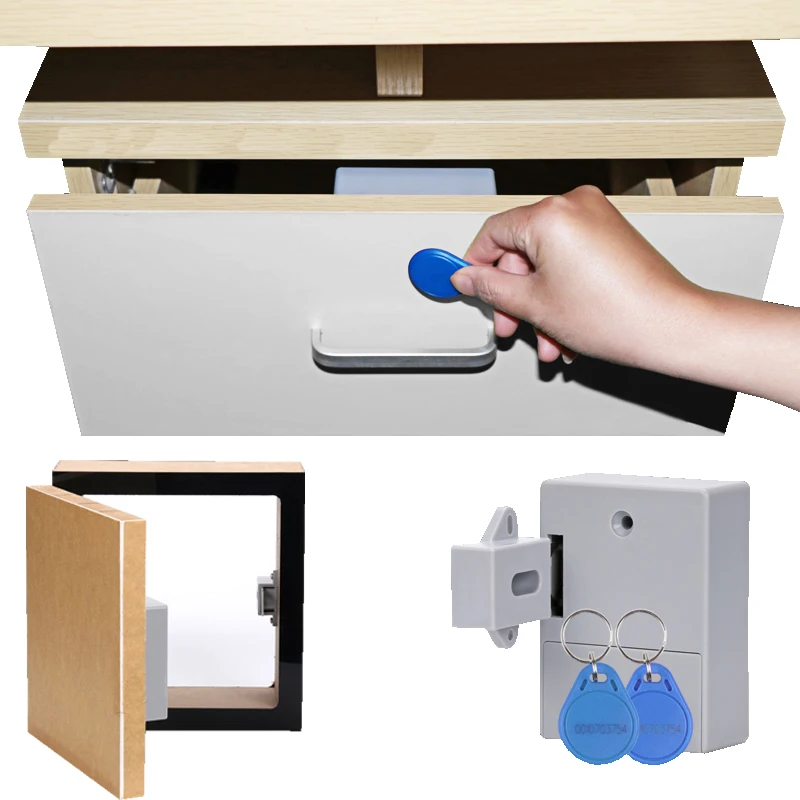
Blocks and prevents unwanted opening by a child.
The device is opened using the hidden button. It does not need to be glued to the walls, as this retainer is installed on the handle. Locking occurs automatically when the door is fully closed.
Suitable for cupboards, refrigerators, washing machines, microwave ovens.
It is clear to every parent that child locks on furniture are not superfluous suspiciousness, but ways to protect your baby from real danger.
Guard blocks cabinet doors from opening.
Their use will help not only to protect the child from possible injuries, but also free parents to constantly clean things scattered around the room from lockers. Moreover, taking care of the safety of children today is not at all difficult and does not require a lot of money or effort to install.
A magnetic lock that attaches to the outside of your furniture so that a child can no longer open those drawers and doors.
VIDEO: Child safety at home (blockers, latches, etc.
 )
) 50 photo-ideas of locks and child locks for drawers and cabinets
Previous
What size mattress should be?
Next
OtherBed cover as bedroom decoration
Child protection for drawers and cabinets (17 photos) - locks, blockers, latches
In the modern world, you can protect your child without resorting to damage to furniture by cutting into it various locks and hecks. Today, there are many different devices that are attached to furniture and do not allow the child to open drawers and doors. They will be especially appreciated by parents who want to organize a children's corner in their room.
Based on what kind of furniture is in the apartment and how the child tries to open it, the choice of protecting the furniture from the baby depends. But it is important to remember that protection on wardrobes will not work on swing wardrobes, and vice versa.
But it is important to remember that protection on wardrobes will not work on swing wardrobes, and vice versa.
Here are some types of protection for furniture:
- Mortise locks or overhead locks can be installed. They are reliable, but their disadvantage is that for installation you need to drill several holes in a dresser or cabinet. Not everyone wants to ruin their furniture.
- There are also modern locks for doors and drawers. An adult can easily open them, but for a small child this is an almost impossible task. There are many types of such locks.
- Another sparing option: installing new handles on furniture - with built-in locks. New openings on the facades will not be needed.
- And, of course, do not forget about the possibility of protection with old folk remedies - a rope passed through the cabinet handles, or adhesive tape pasted on the boxes. However, it should be remembered that such methods are far from the most reliable. But if it is not possible to use any of the above remedies, then these will do.

Drawer locks
The most popular method of protection is special latches, one part of which is attached to the furniture frame with a special Velcro, and the other half to the drawer front. Such protective devices can be bought in specialized children's stores. They are inexpensive, and it does not take much time to install them. When the need for such latches passes, they can be easily removed, and there will be no trace of them on the furniture.
There are many varieties of such latches, but their essence is that each such lock has a main element that is fixed and remains motionless, and a counterpart that just works like a lock.
It is possible to install handles on furniture or, for example, on windows with a special built-in lock. But this method is a bit more complicated than the one described above, since you will need to find handles that would fit in place of the handles installed on the furniture.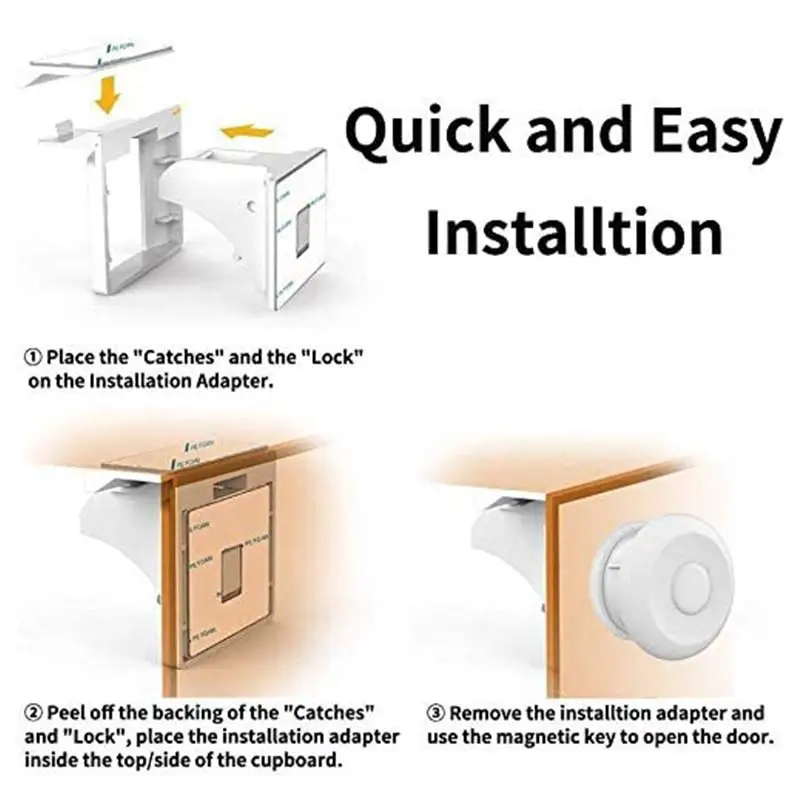 After you bought such a handle, it is installed on the box, and it simply closes with a lock.
After you bought such a handle, it is installed on the box, and it simply closes with a lock.
Closing the wardrobe from the child
Hinged wardrobe doors are also better protected from the baby. Otherwise, leaving him alone for a minute, you run the risk, returning to the room, to find a pile of linen from the lower shelves and your little one, merrily frolicking with him. As a rule, U-shaped latches are installed on swing doors.
This is the easiest way to protect as it does not require drilling holes in the furniture or even gluing the protection to the surface of the furniture.
Plastic hook latches can also be used. They consist of two parts: the first part is attached to one cabinet door, and the other - the hook itself - is installed on the other door. When the doors are closed, the cabinet is locked with a hook.
When the doors are closed, the cabinet is locked with a hook.
The closet door can also be locked. The mirror on the closet is a very attractive item for the baby. Usually, small children enthusiastically roll cabinet doors, look at their reflection in the mirror, and drag all things from the lower shelves to the floor.
Of course, fittings that are installed on hinged wardrobes are not suitable for a wardrobe. But still, there is protection for such furniture today. The most popular type of wardrobe protection is the Butterfly latch. It is installed on one of the doors, next to the second door. When the "wings" are lowered, the cabinet door is in a movable state. By pressing a special button, the "butterfly wings" rise and do not allow the cabinet door to roll.
Sharp corner protector
Sharp furniture edges are no less dangerous for children. The baby can hit the edge of the cabinet and inflict dangerous injury on itself.